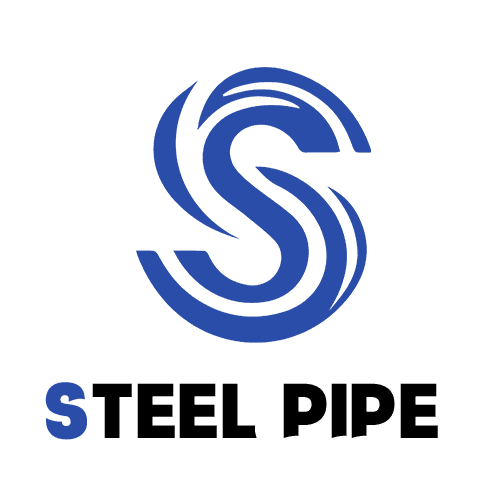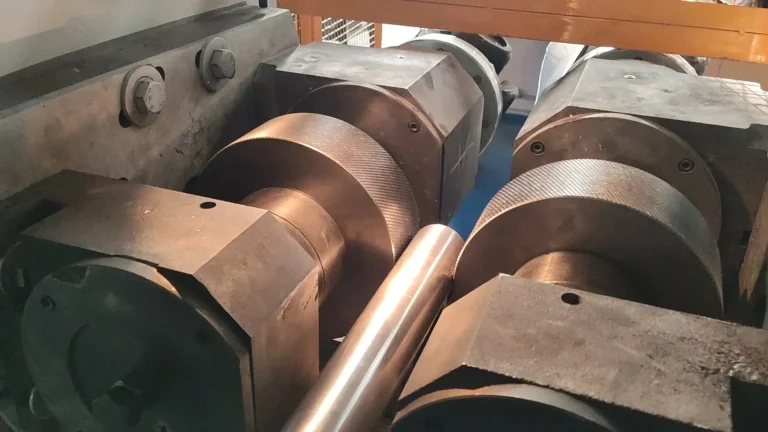Welcome to My Blog!
Before we dive into the content, I’d love for you to join me on my social media platforms where I share more insights, engage with the community, and post updates. Here’s how you can connect with me:
Facebook:https://www.facebook.com/profile.php?id=61559060896490
Now, let’s get started on our journey together. I hope you find the content here insightful, engaging, and valuable.
Introduction
In the world of materials, steel holds a prominent position due to its versatility. Knowing the answer to the question, “What are the main types of steel?” is essential for making informed choices in construction, manufacturing, and even everyday applications. The types of steel vary based on their composition, which influences properties like hardness, corrosion resistance, and flexibility. This guide will introduce the primary steel types and help you understand their benefits and uses.

What Defines Different Types of Steel?
Steel is an alloy consisting primarily of iron and carbon, and it can include additional elements like manganese, chromium, nickel, and molybdenum to alter its properties. Types of steel are generally classified based on carbon content, alloying elements, and specific applications.
Here is an overview of key factors that define different steel types:
| Factor | Description |
|---|---|
| Carbon Content | Affects hardness, strength, and brittleness. |
| Alloy Elements | Chromium, nickel, manganese, etc., can add corrosion resistance or strength. |
| Manufacturing Process | Methods like quenching or tempering influence steel’s properties. |
| Microstructure | Determines the grain structure and, subsequently, the material’s hardness. |
Each of these factors helps to create a specific type of steel with unique qualities suited for different applications. Now, let’s explore the main types of steel in more detail.
Carbon Steel
Carbon steel is one of the most common types of steel and is characterized by its carbon content, which is the primary hardening element. Carbon steels are generally categorized into three subtypes:
- Low Carbon Steel (Mild Steel): Contains less than 0.3% carbon and is known for its ductility, making it easy to form and weld. It’s commonly used in construction and automotive manufacturing.
- Medium Carbon Steel: Contains between 0.3% and 0.6% carbon, providing a balance of strength and ductility. Medium carbon steel is often used in railway tracks and structural components.
- High Carbon Steel: Contains more than 0.6% carbon, making it very hard and brittle. This type is typically used in high-strength tools like cutting instruments and springs.
Carbon steel is widely used due to its cost-effectiveness and adaptability, but its lack of corrosion resistance limits its applications in environments where moisture exposure is a concern.
Alloy Steel
Alloy steel incorporates elements like chromium, nickel, and molybdenum to improve its mechanical properties. Alloying elements can significantly affect the steel’s hardness, toughness, and resistance to wear and corrosion. Common types of alloy steel include:
- Chromium Steel: Known for its hardness and corrosion resistance, commonly used in automotive and machinery parts.
- Nickel Steel: Adds toughness and resistance to impact, often found in gears and heavy-duty equipment.
- Manganese Steel: High toughness and abrasion resistance, suitable for mining and railways.
- Vanadium Steel: Offers high strength and fatigue resistance, ideal for tools and high-stress applications.
Alloy steel’s versatility makes it suitable for a wide range of applications, particularly in the automotive, aerospace, and construction industries.
Stainless Steel
Stainless steel is prized for its corrosion resistance, which is achieved by adding at least 10.5% chromium. The chromium forms a passive layer on the steel’s surface, preventing oxidation. There are several types of stainless steel:
- Austenitic Stainless Steel: Non-magnetic and highly corrosion-resistant, commonly used in kitchen appliances and medical equipment.
- Ferritic Stainless Steel: Magnetic with moderate corrosion resistance, typically found in automotive parts and industrial equipment.
- Martensitic Stainless Steel: Magnetic and very strong, often used for knives and surgical instruments.
- Duplex Stainless Steel: Combines austenitic and ferritic structures, offering higher strength and corrosion resistance for oil and gas applications.
Stainless steel is essential for applications requiring long-term durability and cleanliness, especially in harsh environments.
Tool Steel
Tool steel is specifically developed for manufacturing tools due to its high hardness, resistance to abrasion, and ability to hold a sharp edge. It often contains elements like tungsten, molybdenum, and vanadium for enhanced hardness. Key types of tool steel include:
- Water-Hardening Tool Steel (W-series): The most affordable but least wear-resistant, used for tools that operate at lower temperatures.
- Air-Hardening Tool Steel (A-series): Known for its stability and resistance to deformation, ideal for intricate tools.
- D-Series Tool Steel: High carbon, high chromium content, suitable for dies and high-stress applications.
- High-Speed Tool Steel: Contains tungsten and molybdenum, capable of maintaining hardness at high temperatures.
Tool steel is crucial in industries where shaping, cutting, and forming are essential, such as metalworking and woodworking.
High-Speed Steel
High-speed steel (HSS) is a specialized tool steel that maintains hardness and heat resistance at high temperatures. This makes it ideal for cutting tools that operate at high speeds, such as drills, taps, and milling cutters. There are two main types:
- Tungsten High-Speed Steel (T1): Known for its exceptional wear resistance, commonly used in drilling and cutting applications.
- Molybdenum High-Speed Steel (M2): Offers a balanced combination of toughness and wear resistance, often used in cutting tools for industrial machining.
High-speed steel revolutionized machining processes by allowing tools to operate at much higher speeds without losing their edge or durability.
Conclusion
Understanding the different types of steel is essential for choosing the right material for any project. Each type offers unique benefits based on its composition and properties, whether it’s the affordability of carbon steel, the versatility of alloy steel, or the corrosion resistance of stainless steel. Knowing “What are the main types of steel?” can greatly aid in making informed decisions for projects ranging from construction to manufacturing.

FAQ
1. What is the most commonly used type of steel?
The most commonly used type of steel is carbon steel, especially low carbon or mild steel, due to its affordability and versatility in construction and manufacturing.
2. Why is stainless steel corrosion-resistant?
Stainless steel contains chromium, which forms a passive layer on the steel’s surface, preventing oxidation and making it resistant to rust and corrosion.
3. What is high-speed steel used for?
High-speed steel is commonly used in cutting tools, such as drills and milling cutters, because it maintains hardness and edge retention at high temperatures.
4. How is tool steel different from other types of steel?
Tool steel is specifically designed to withstand high wear and retain sharp edges, making it ideal for manufacturing tools and dies.
5. Can carbon steel rust?
Yes, carbon steel can rust as it lacks the chromium content required to resist corrosion, unlike stainless steel.




